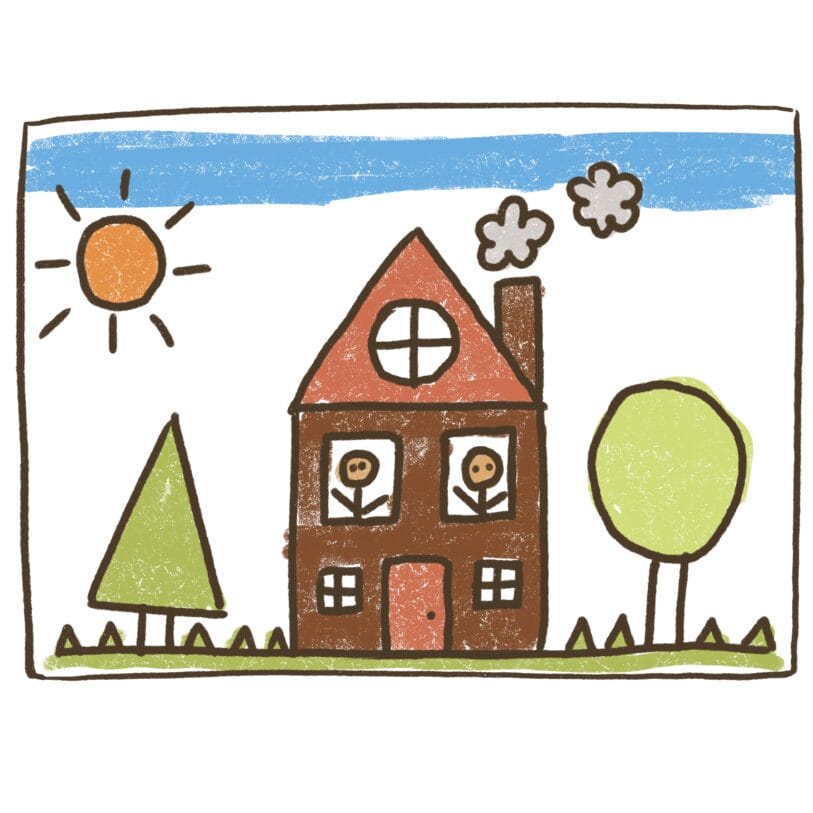
Teach
Making Art
Creativity
Child-safe learning tools are meant to foster the child's creativity. Just as there's no one way to learn, there's no one way to make art. Creative expression comes in all shapes and sizes. And young children are the creative models we should all aspire to. Watch your child draw, paint, glue cut paper, write, build, dance, or sing, and you're sure to feel a spark of envy. That's because their unselfconscious pursuits are focused on the process of creating. They aren't thinking about how their creative output looks to the world. They are proud of everything they produce because the process was joyful. That joy is what we need to foster. School, society, comparison, and judgemental peers will erode your child's confidence in making art for art's sake. Build up their confidence and self-esteem enough ,and they're less likely to conform to the opinions of others.
Skill Building
Why
Our creative endeavours are essential to our well-being and personal fullfilment. We all begin as creative beings. And most of us strive to include creativity in our lives. We connect with art, music, photography, theater, and design because it makes us feel a certain way. Helping your child express themselves through creative pursuits gives them a voice and emotional outlet. Ask them about their drawings, and they'll reveal their inner selves. Their worries, joys, imagination will spill out. It doesn't matter if they've drawn a stick figure or a few colorful shapes.
What
Try it all. Both you and your child should experiment with crayons, markers, play dough, lego, and other craft materials. If your'e worried about a mess, use a tablecloth or take the supplies outdoors. The important thing is to allow your child to explore different ways to create.
How
Place art materials and other tools someplace your child can access on their own. Set up rules and guidelines for art making. Model the rules before your child begins using them independently Painting on the furniture and gluing things to the wall are against the rules in most homes. Avoid common mishaps by figuring out what your no-no's are beforehand.
Where
The less formal the set up, the more fun it will be for your child. Children need a space where they aren't afraid to be themselves. Make sure your child understands the rules and boundaries for making art beforehand. Set up a covered table or area on the floor that's always available to them.
When
There are no rules about scheduling creativity. Creativity happens on rainy days, on the playground, in the classroom, on car rides, and while waiting for dinner to be served. Many restaurants cover their tables with paper and set jars of crayons out. Other restaurants hand out activity sheets and crayons to children as the arrive. There are washable markers children can use on bathroom tile or on windows. Children can build with snow or wet sand. They only need a bit of space to come up with new dance moves, or a bit of quiet to sing a new song. Sometimes they need an audience, at other times they need a collaborator. Be whatever they need. The rewards are great.
Next
Your child is drawing and making art. Why not use this process to help them discover more about themselves?


